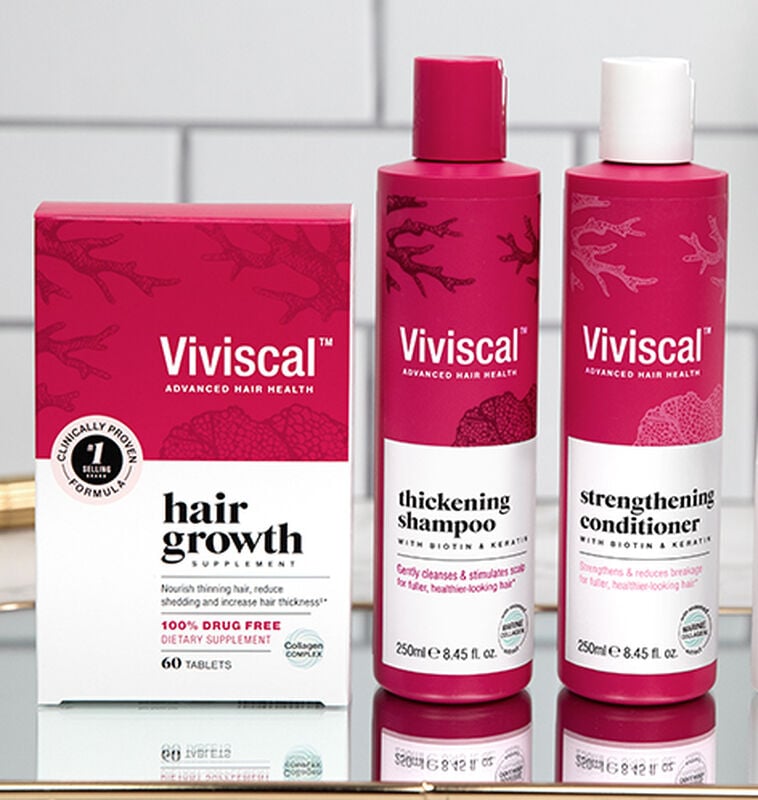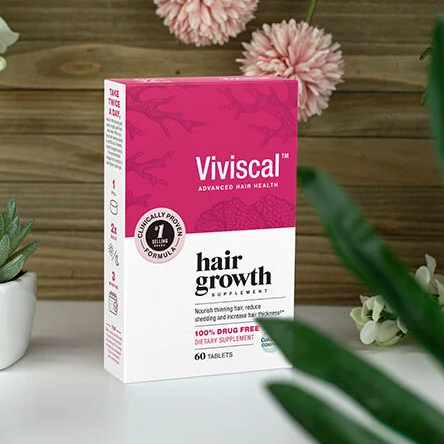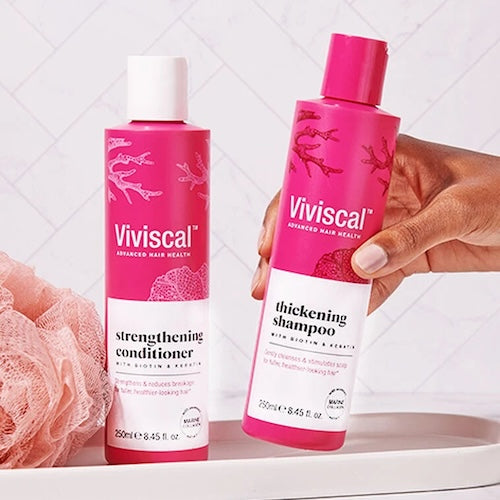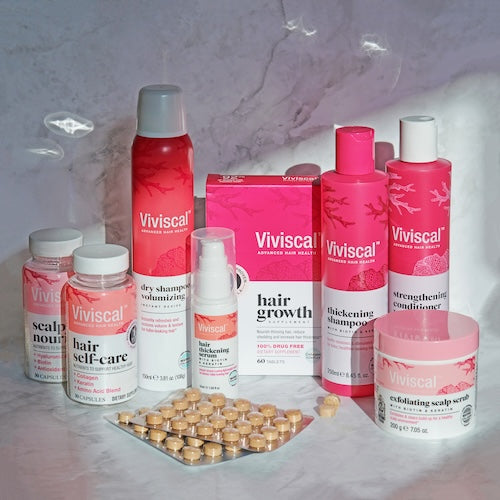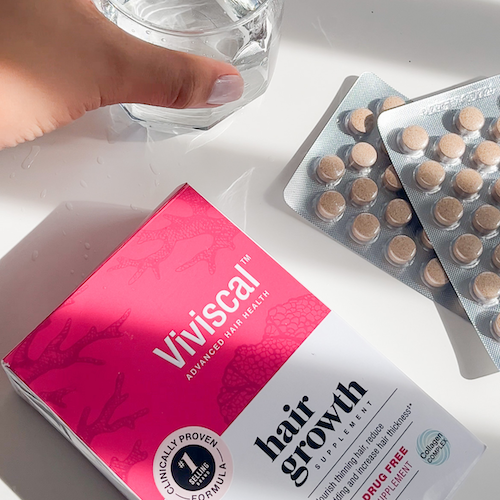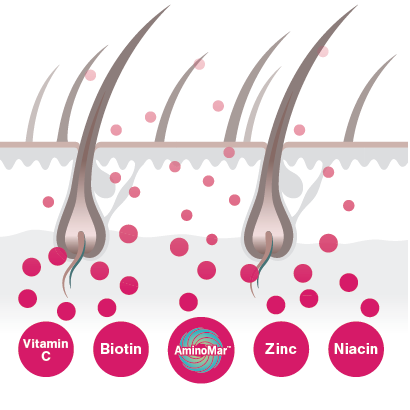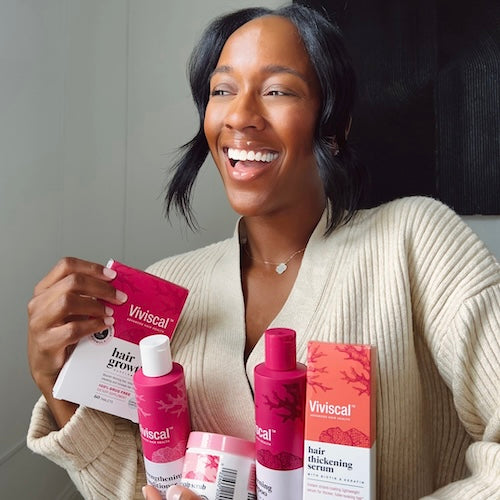Ever run your fingers through your hair and find a couple of hairs have come off your head and ended up on your fingers? Ever wonder what it means to have a few hairs come out like that? Have you worried about whether you are losing hair and if it’s normal?
People talk about hair loss, but usually what they are referring to is actually called hair shedding. It is common for people to wonder about their hair shedding—finding several hairs on your comb can be nerve-racking, but is it a big deal or just normal?
We’re here to calm you down and tell you that it’s normal to lose a few hairs daily. Let’s go over the details of hair shedding and what normal hair shedding looks like.
What is hair shedding and why does it matter?
Hair shedding describes the hair that falls off our heads on a daily basis. These are the individual hairs that you see on your pillow in the morning, the ones you find on your hands in the shower when you wash your hair, and the ones you find in your brush after combing.
Understanding Normal Hair Shedding
Normal hair shedding happens every day. We have approximately 100,000 hairs on our head—on any given day, a few of these hairs are at the end of their hair growth cycle and are ready to fall off before the next hair growth cycle starts.
What’s the hair growth cycle?
The hair growth cycle is the ongoing system of hair growth that our hair follicles undergo. There are four phases in the cycle:

Growth phase (Anagen)
This is the longest phase of the hair cycle, lasting several years. In this phase, the hair is actively growing from the follicle.
Regression phase (Catagen)
In this phase, growth starts to slow down, and the follicle stops getting nourishment from its blood supply. This phase can last a couple of weeks.
Resting phase (Telogen)
Growth of the follicle has stopped in this phase, which typically lasts about three months.
Shedding phase (Exogen)
In this phase, the hair falls out and the next cycle begins.
A healthy hair growth cycle involves your hair following this pattern and typical timing. At any given point in time, some hairs on your head are in the shedding phase of the cycle; therefore, we can expect to shed some hair every day. This is all part of the normal hair growth cycle.
There are some specific causes that could result in you noticing increased hair shedding. Your health care professional can best help you determine what is happening to you:
Telogen effluvium
This is a condition that is more commonly called stress-related hair shedding. Many factors could trigger excessive hair shedding, such as being in the postpartum period, having a low protein intake, and having an iron deficiency, among others.
Due to these stressors, some hair that would otherwise be in the anagen phase moves into the telogen phase (the resting phase), which may result in you noticing increased hair shedding.
Anagen effluvium
This is a condition that is usually connected to certain medical treatments. Anagen effluvium involves hair abruptly breaking off in the anagen stage—however, in some cases these symptoms are reversed once the medical treatment ends.
Overstyling
If you regularly wear hairstyles that pull your hair too tightly, you can risk increased hair shedding. Styles like tight ponytails, sleekly pulled up-dos, tightly woven braids, weaves or hair extensions, or cornrows can all overly stress the hair over time. If you wear these styles, it may be helpful to take some days off from keeping your hair in them.
Alternatively, you can loosen braids or ponytails to not be as tight as you may regularly wear them. It can also be helpful to change up your hairstyles so that you are not pulling your hair in the same direction each time.
Rubber and elastic hair bands
Using rubber and elastic bands may damage hair, potentially causing increased hair shedding. Scrunchies or satin hair bands may be less stressful alternatives for your hair.
Over-processing
Sometimes we put our hair through a lot of stress. Between coloring, perms, and relaxers, these chemical treatments can damage your hair, leading to fragility and potentially breakage.
How much hair shedding is normal in a day?
Overall, it is considered normal to shed about 50–100 hairs per day. This amount is the approximate total if you were to collect all your hair that fell out during the course of one day—however, you don’t need to count fallen hairs.
50–100 hairs per day is a figure just to give you a sense of how much hair loss is normal, and so you know that it is normal to observe some hair shedding every day. If you feel like your hair shedding has significantly increased from this range, then action may be needed.
If you are concerned about your hair shedding or feel like it has recently increased, your health care professional can help you figure out what is going on with your hair. Dermatologists, for example, have specific tests they can run to determine if you have excessive hair shedding and what the causes might be.
Tips to Maintain Healthy Hair and Help with Hair Shedding
The good news is that there are a lot of things you can do to help maintain healthy hair and minimize hair shedding:
Eat nutritious foods
Your body needs a wide variety of nutrients to perform its daily functions. Many of these nutrients are specifically important for hair health. Eating a varying selection of fruits, vegetables, beans, lentils, whole grains, lean meats and eggs helps you to get the variety of the nutrients you need.
Take care of your scalp
Just like it is for the skin on other parts of our body, it’s important to exfoliate the skin on our heads - our scalp. Exfoliating your scalp promotes a healthy environment, which can then encourage healthy hair.
Use Viviscal shampoo and conditioner
A shampoo and lightweight conditioner can help not only clean and condition your hair, but can do so without weighing down your hair. Viviscal Thickening Shampoo gently cleanses and includes seaweed extract, marine collagen, biotin and keratin. Viviscal Strengthening Conditioner is a lightweight conditioner that strengthens and leads to healthy-looking hair.^
Take Viviscal Hair Growth supplement
If you’re looking for a dietary supplement that nourishes thinning hair, reduces shedding, and increases hair thickness+*, look no further than Viviscal Hair Growth supplement. The Viviscal Woman’s Hair Growth supplement has been scientifically proven to nourish thinning hair and promote existing hair growth.+* In a human clinical study, 92% of women saw thicker hair in just three months ◊◊*. Plus, Viviscal Hair Growth supplement is 100% drug-free!
Brought to you by the Viviscal™ hair experts.
*These statements have not been evaluated by the Food and Drug Administration. This product is not intended to diagnose, treat, cure or prevent any disease.
^Use in conjunction with Viviscal Thickening Shampoo.
◊◊ Self-assessment results on 35 women.
